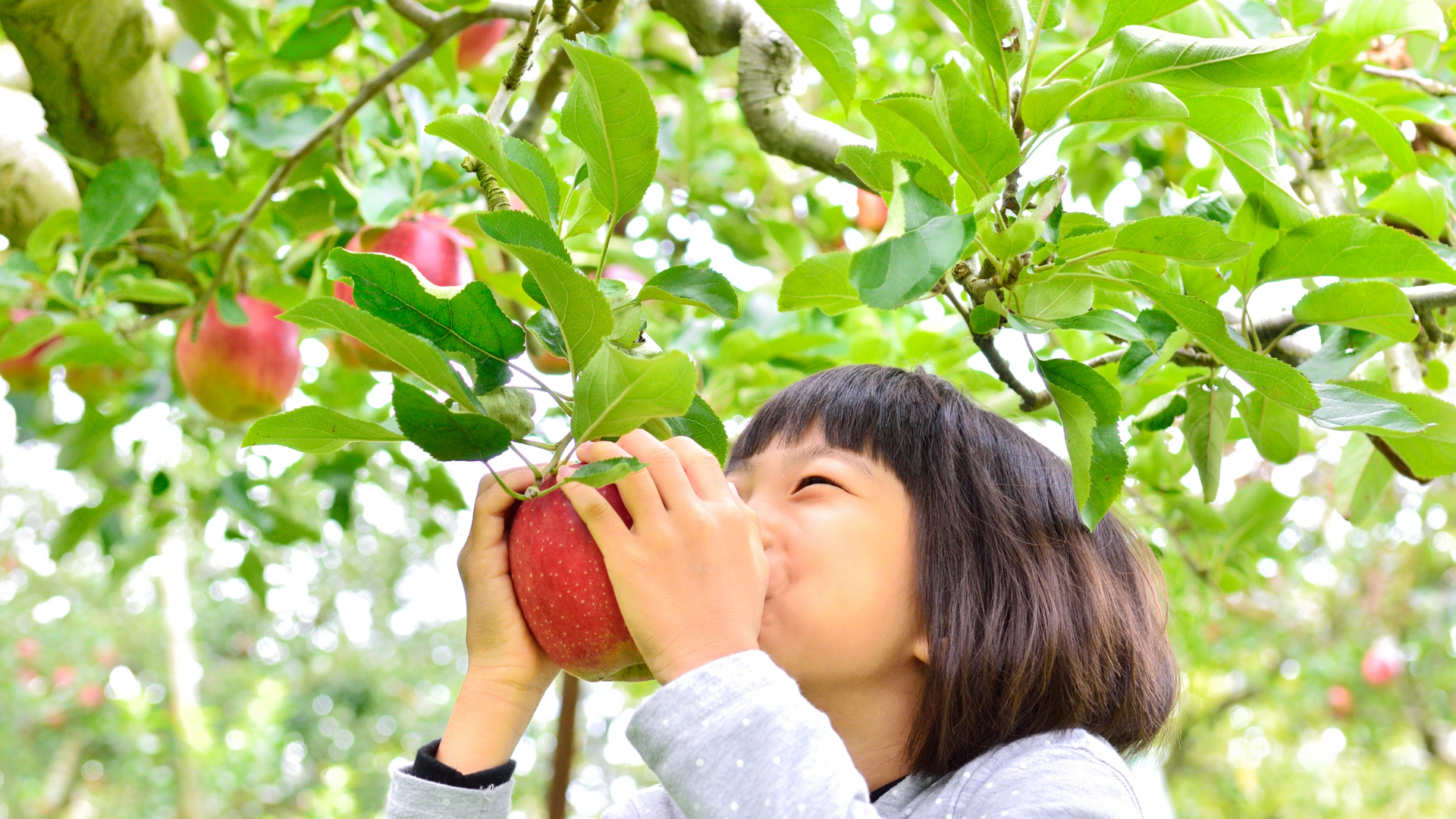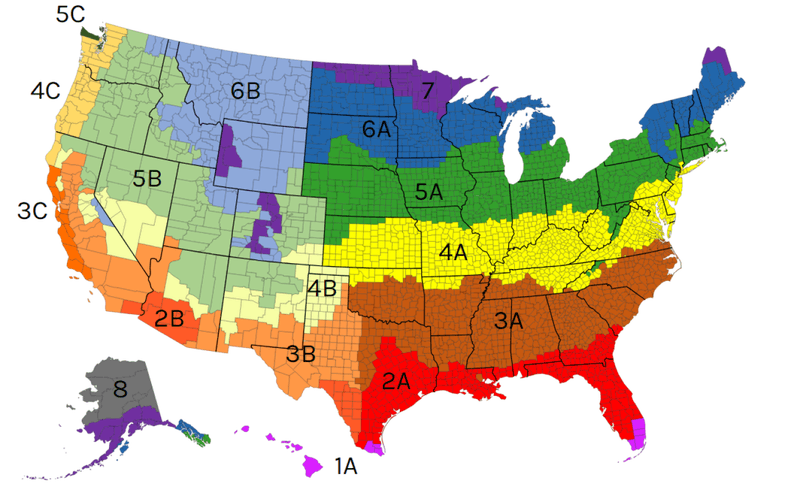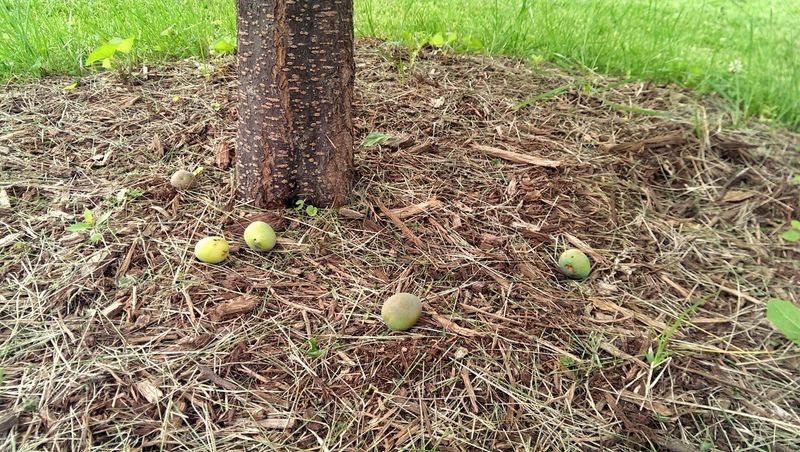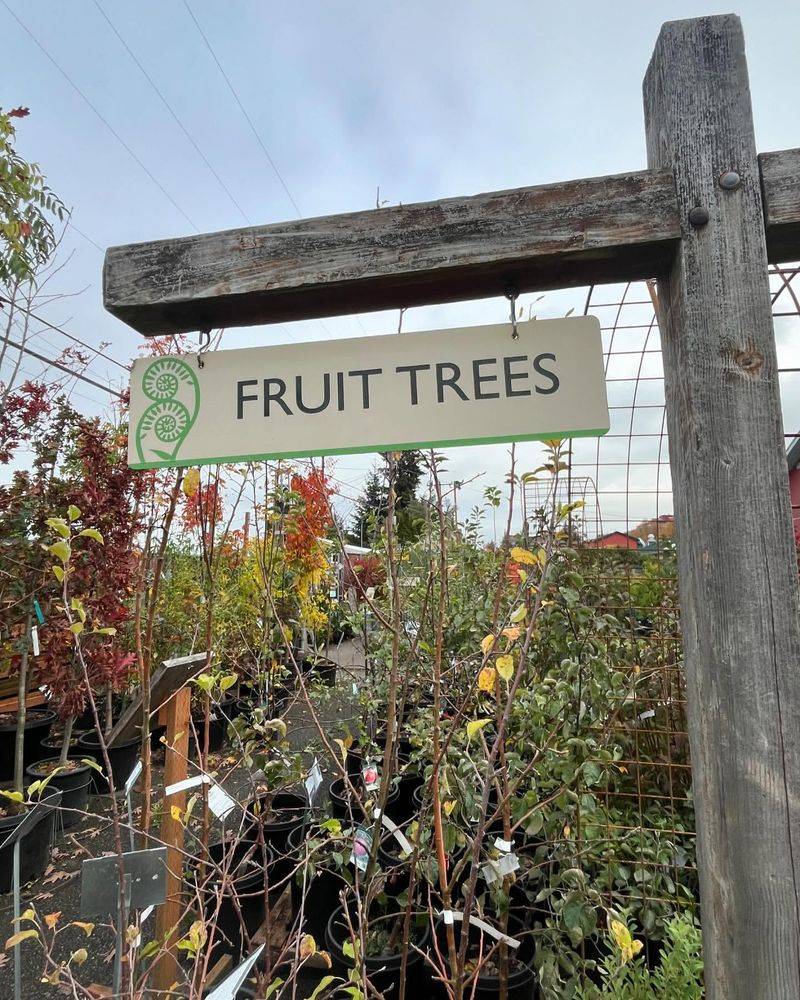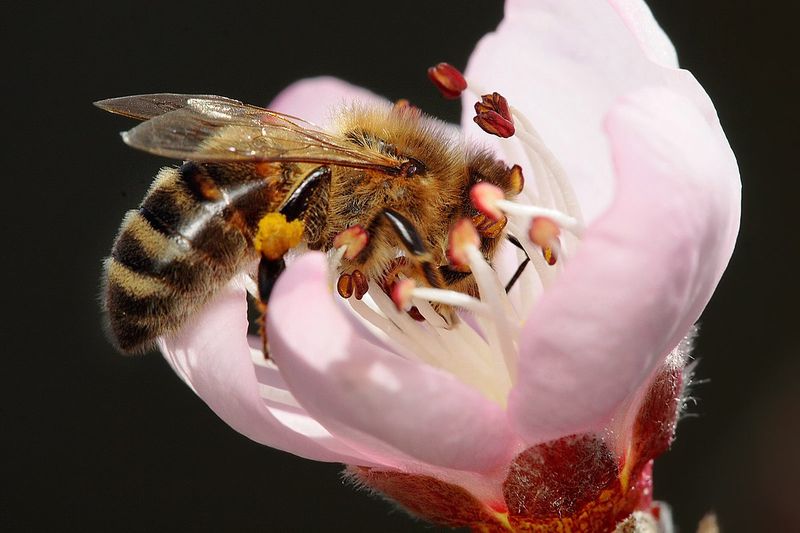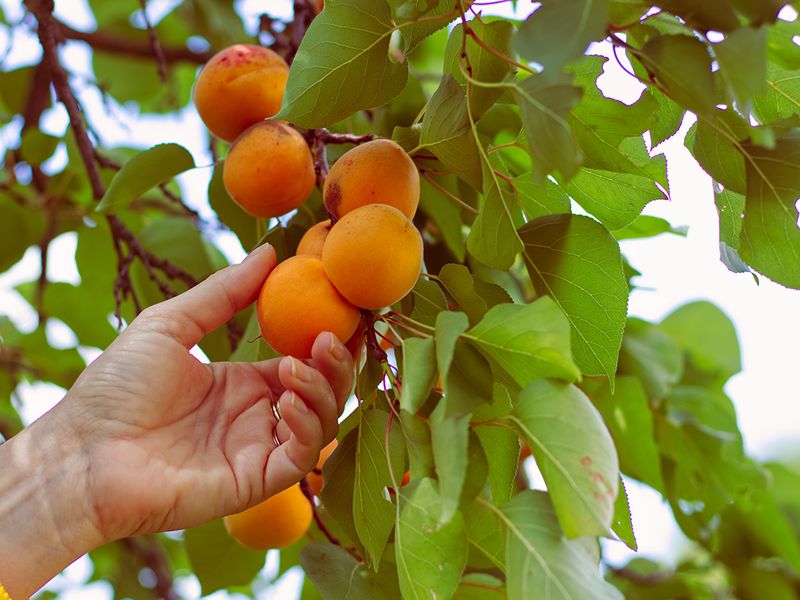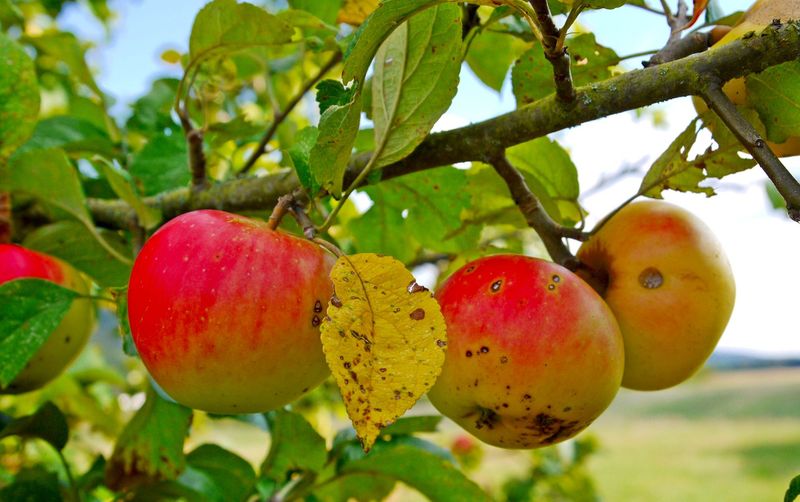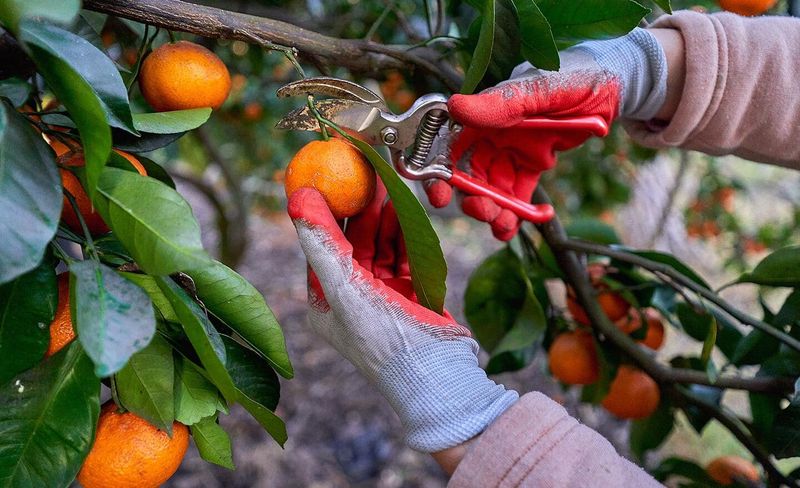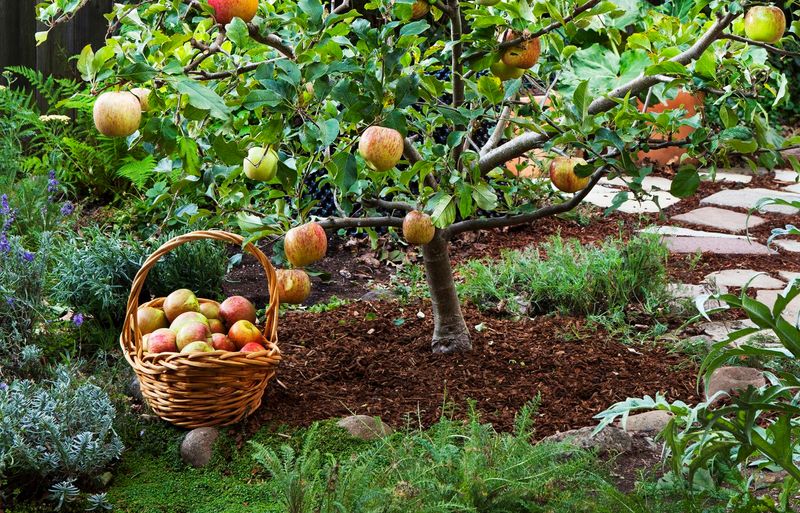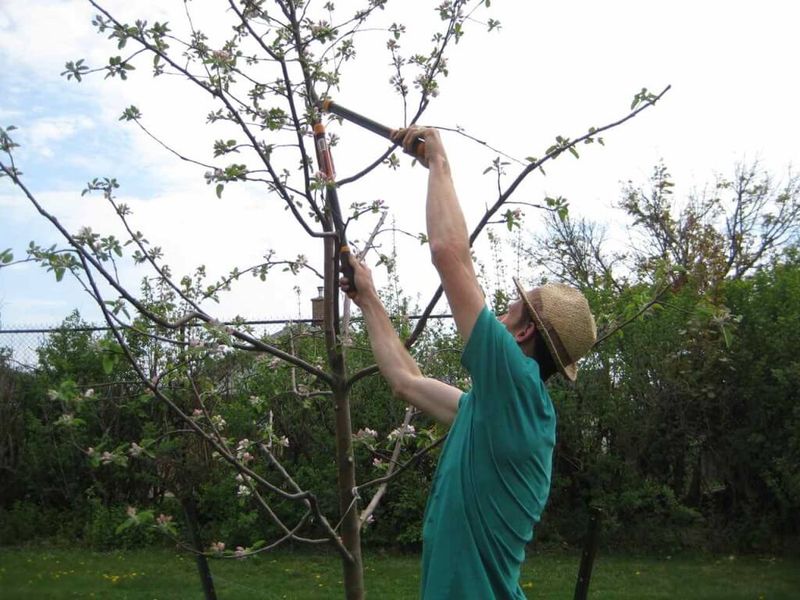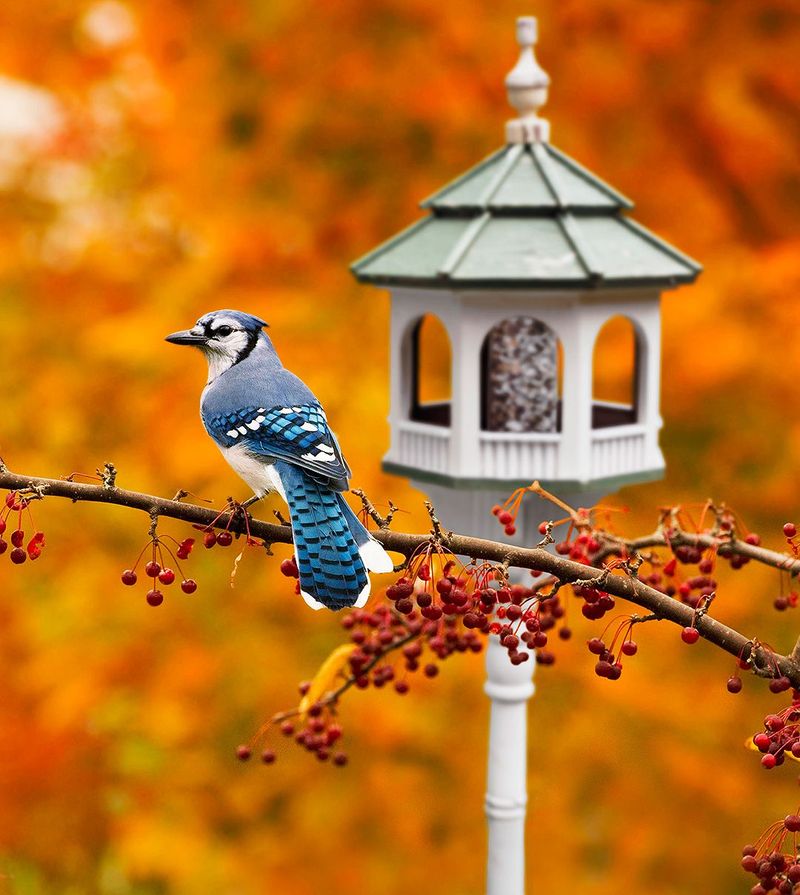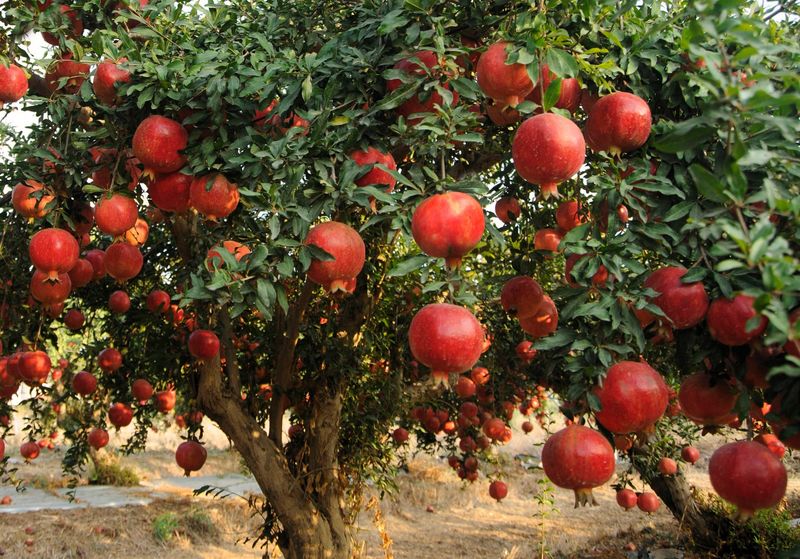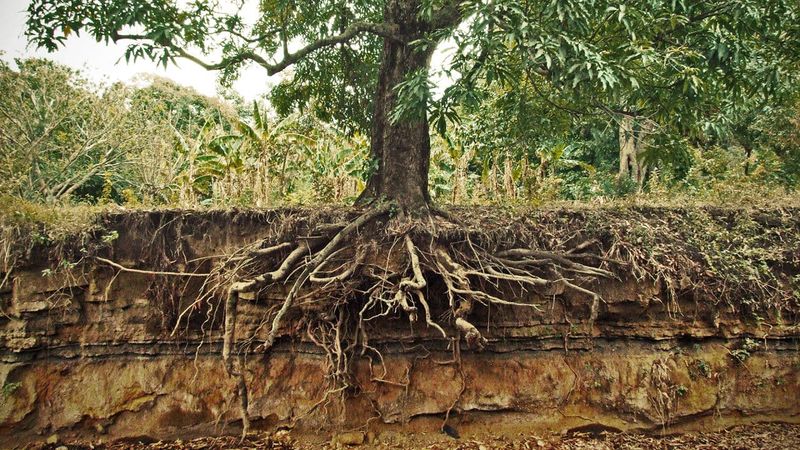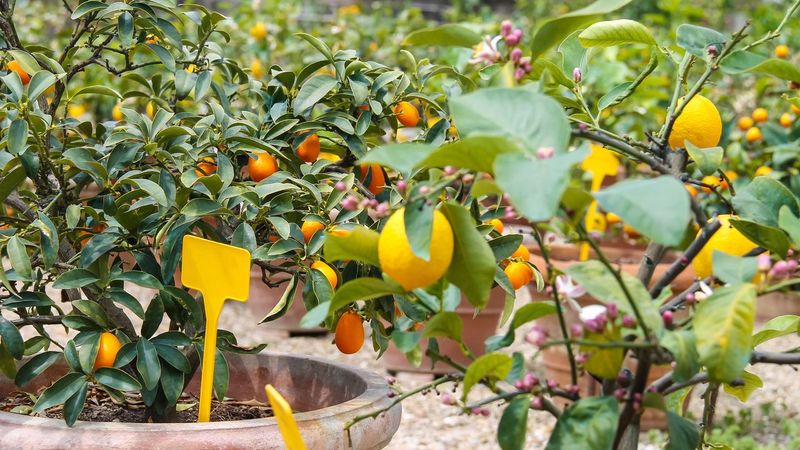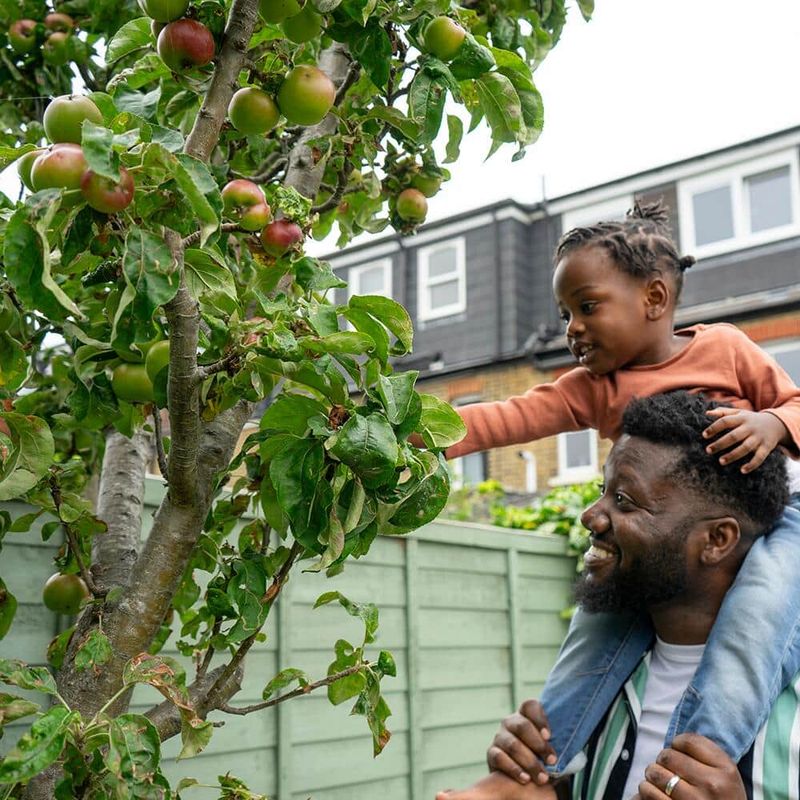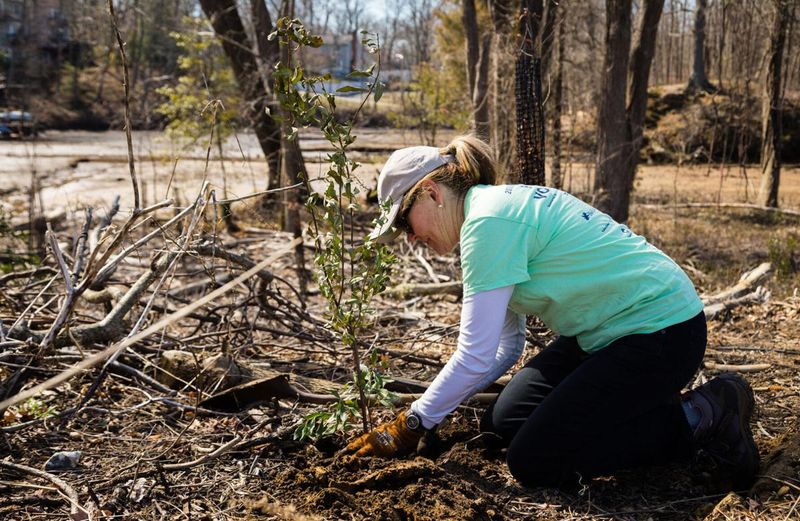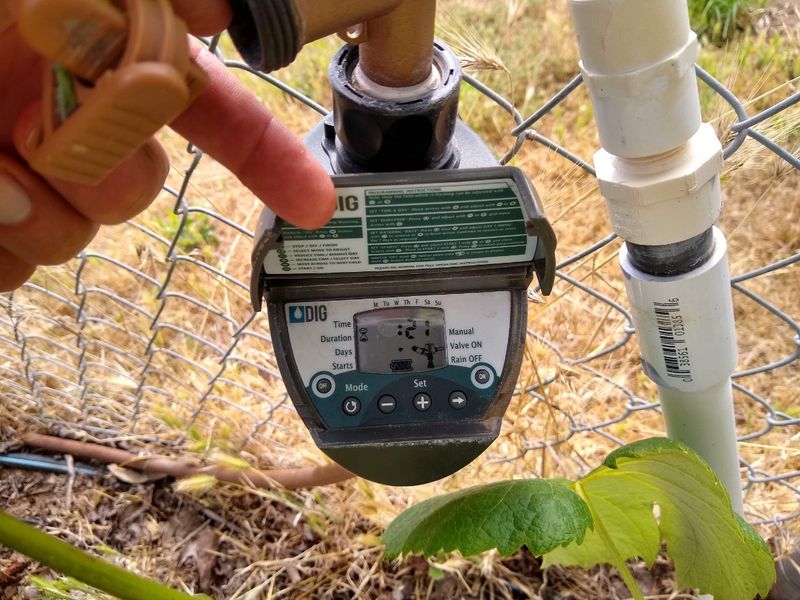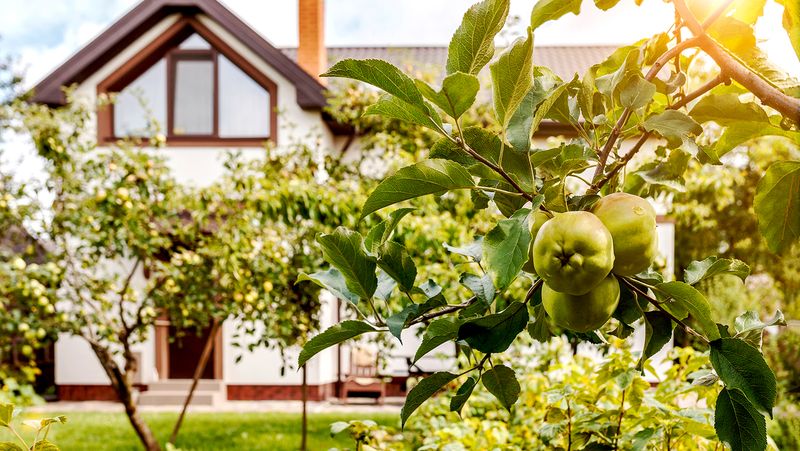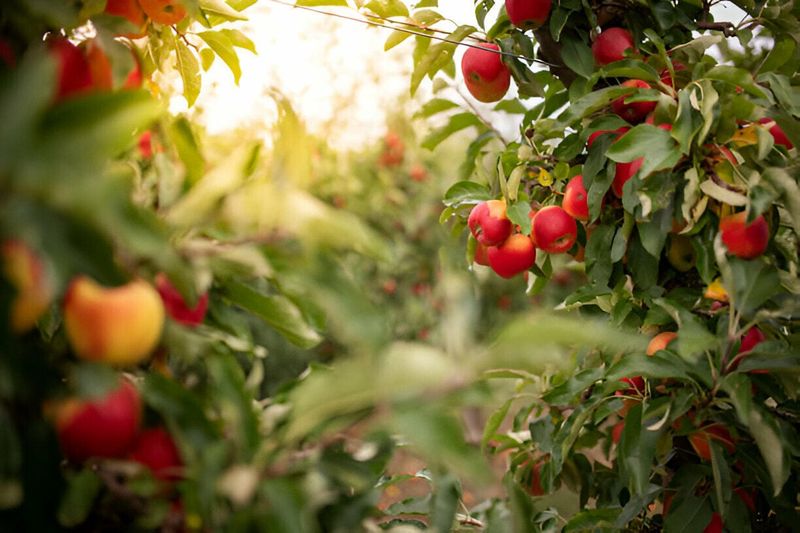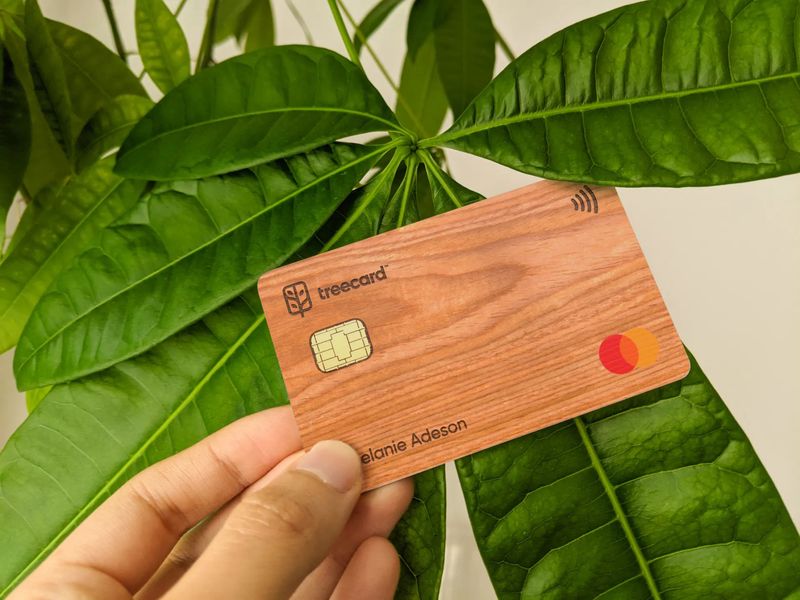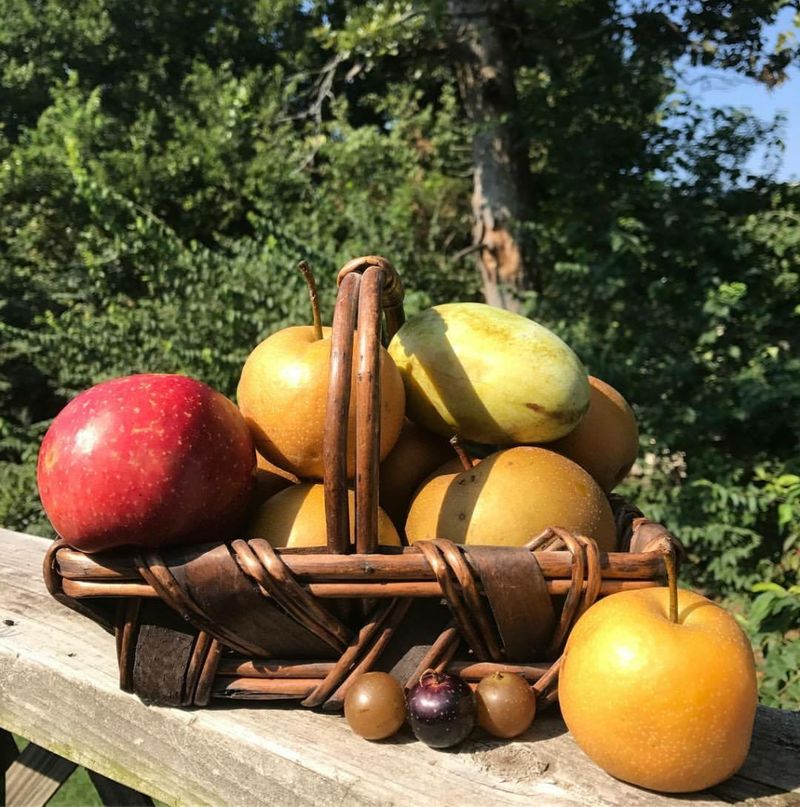So, you’ve decided to spice up your yard with a fruit tree, huh? Great choice! But here’s the thing. How do you make sure it’s the right tree? You don’t want it turning into just another backyard decoration, right?
Trust me, I’ve been there. I once planted a pear tree that was more of a shade provider than a fruit producer. Lesson learned! Don’t worry, though. Choosing the perfect tree doesn’t have to be hard.
With these 20 easy tips, you’ll be well on your way to growing juicy fruits year after year. So grab your gardening gloves and let’s dive into the fruity fun!
1. Consider Your Climate
Weather can be an unpredictable guest. But understanding your local climate is crucial for choosing a fruit tree. A peach tree might adore the warmth of the south, but it won’t be as thrilled up north.
Understanding your climate helps you avoid future heartbreak. Consult climate zones to find the perfect match for your backyard. Your tree’s happiness depends on it!
By picking a tree that loves your weather, you’ll be sipping peach tea from your backyard harvest in no time.
2. Soil Compatibility
Not all soil is created equal. Some trees are divas and require specific soil types to flourish. Conduct a simple soil test to know your backyard’s pH and nutrient levels.
Matching your soil with the right tree can save you tons of future hassle. It’s like finding the perfect shoe size, comfort is key!
Trees like apples prefer slightly acidic soil, while others might enjoy a more neutral palette. Understanding these preferences will ensure your tree’s roots are as happy as can be.
3. Space Requirements
Sometimes, size really does matter. Trees need space to spread their roots and branches. Before planting, take out that measuring tape!
A crowded yard could lead to a grumpy tree, and nobody wants that. By ensuring ample space, your tree can stretch out and bask in the sun.
Whether you have a sprawling lawn or a cozy nook, there’s a tree that fits. Just think of it as giving your tree room to dance and grow.
4. Pollination Needs
Love is in the air, and so is pollen. Some trees need a partner to produce fruit. If your tree isn’t self-pollinating, consider planting a buddy tree nearby.
Without proper pollination, your tree might be fruitless, and that’s no fun. Look up your chosen tree’s pollination needs to ensure a fruitful friendship.
Bees and other pollinators will help, but a companion tree might be just what your garden needs for a bountiful harvest.
5. Harvesting Season
Timing is everything, even when it comes to fruit trees. Consider when you’d like to harvest. Some trees bear fruit in spring, while others take their sweet time until fall.
By planning your tree’s harvest season, you align it with your schedule. This way, you won’t be surprised by an unexpected apple avalanche during your summer vacation.
Choose wisely, and let your tree’s schedule complement your own.
6. Disease Resistance
Nobody wants a sick tree. Some fruit trees come with built-in armor against common diseases. These hardy varieties save you time and energy on treatments.
Do a little research to find the best disease-resistant options. Your future self will thank you as you enjoy healthy fruits without constant worry.
A tree with good resistance can mean fewer headaches and more delicious fruits for your family.
7. Maintenance Level
Let’s be real, we all have busy lives! Some fruit trees need constant TLC, while others are perfectly content doing their thing with minimal fuss.
If the thought of pruning, watering, and fertilizing stresses you out, don’t worry. There are plenty of low-maintenance trees that will thrive with little attention.
By choosing a tree that matches your gardening routine, you’ll get more time to relax and enjoy its harvest instead of running yourself ragged.
8. Fruit Preference
Taste buds matter. Before planting, think about which fruits you actually enjoy eating. It doesn’t make much sense to plant a quince tree if you can’t stand quince jam.
Your taste preferences should guide your choice. By selecting a fruit you love, your tree becomes more than just a garden ornament. It becomes a source of joy and deliciousness.
After all, the best fruit is the one you can’t wait to eat!
9. Tree Size at Maturity
Trees start small but grow up fast. Consider the mature size of your chosen tree. A little sapling might become a giant, overshadowing your entire yard.
Determine if you have enough room for its future size. This foresight ensures your tree won’t overstay its welcome or infringe on your space.
Trees like dwarfs remain compact, while standards reach for the sky. Choose what fits your vision.
10. Local Wildlife
Your yard is more than just your personal paradise. It’s also prime real estate for local wildlife. Birds, squirrels, and other critters might see your fruit tree as their next snack bar!
Before choosing, think about how the animals in your area will interact with your tree. While birds and squirrels can be fun to watch, they can also turn your fruit harvest into their personal buffet.
Pick a tree that aligns with your wildlife tolerance so you can enjoy nature’s visitors without them snacking on all your hard work. Trust me, it’s a balance!
11. Aesthetic Appeal
Looks aren’t everything, but they sure help. Consider the visual appeal of the tree in your landscape. Whether you prefer blossoms, foliage, or bark textures, there’s a tree that matches your taste.
Aesthetics play a huge role in garden enjoyment. Choose a tree that complements your outdoor style.
This thoughtful choice adds beauty and harmony to your yard, making it a place you’ll love to relax and entertain.
12. Root System
It’s what’s below the surface that counts. The root system of a tree can affect nearby structures and other plants.
Some trees have aggressive roots that can damage foundations or sidewalks. Consider the root behavior of your potential tree.
Selecting one with non-invasive roots saves future hassles and ensures a peaceful coexistence. Choose wisely, and your tree will fit right in without causing trouble.
13. Growth Rate
We all know patience is key, but sometimes you just want results, right? Think about how quickly you want your fruit tree to mature.
Fast-growing trees can give you shade and fruit in no time, but they might require a bit more upkeep. On the other hand, slow-growers take their time, offering a more gradual transformation.
Your choice of growth rate will impact your gardening journey, so choose wisely based on how quickly (or slowly) you want to see your hard work pay off!
14. Personal Connection
Sometimes, a tree is more than just a plant. It can carry personal significance or nostalgia. Perhaps your grandmother loved pear trees, or you want to recreate a childhood orchard.
Choosing a tree with sentimental value adds depth to your gardening journey. This emotional connection makes every fruit sweeter and every blossom more cherished. Plant memories, not just trees.
15. Zoning Laws and Regulations
Every garden has its rules, and so does your yard! Before planting, make sure to check local zoning laws and regulations.
Some trees might be restricted due to their size, type, or potential impact on the environment. Trust me, nothing ruins the joy of planting like realizing you’ve broken a rule.
By understanding these guidelines early, you can avoid any legal headaches down the road. Staying on the right side of the law means you can enjoy your tree without any unexpected surprises.
16. Watering Requirements
Water is essential, but finding the right balance can be tricky. Different trees have different thirst levels. Some love dry conditions, while others crave regular hydration.
It’s important to match your tree’s needs with your local water supply to keep things thriving. If you’re like me and sometimes forget to water, go for a drought-tolerant variety.
Or, if you’ve got a green thumb and enjoy regular watering, choose a tree that thrives with it. The right water balance will make your garden a stress-free, fruitful haven! Happy watering!
17. Compatibility with Other Plants
A harmonious garden is a happy garden. Consider how your tree will coexist with existing plants. Some trees may overshadow or compete with neighbors for nutrients.
Ensure your tree enhances rather than hinders your garden’s ecosystem. By understanding plant interactions, you create a thriving environment where every plant contributes to the beauty and bounty.
18. Sunlight Needs
Sunlight is a game-changer for trees. Before picking your perfect fruit tree, take a good look at how much sun your garden gets.
Some trees are sun worshippers, soaking up every ray, while others prefer a little shade or filtered light. I learned the hard way when I planted a shade-loving tree in a sunny spot—oops!
By knowing your garden’s sunlight patterns, you can pick a tree that’ll thrive. The right amount of light means your tree will be happy, healthy, and ready to produce those delicious fruits.
19. Cost and Investment
Money doesn’t grow on trees, but trees cost money! Consider your budget before making a decision. Some trees are more expensive due to size, rarity, or growth rate.
Balancing initial cost with long-term benefits helps you invest wisely. A well-chosen tree offers returns in beauty, fruit, and satisfaction. Your investment is not just financial; it’s a commitment to growth.
20. Local History and Culture
Embracing local heritage through your fruit tree selection can add a meaningful layer to your garden. Some trees hold cultural or historical significance, acting as living symbols of your area’s traditions.
By choosing a tree tied to your region’s history, you create a connection to the past and contribute to preserving local legacy.
This not only enriches your gardening experience but also deepens your appreciation for the community around you. A tree with local roots serves as a reminder of the traditions that shape your environment.

